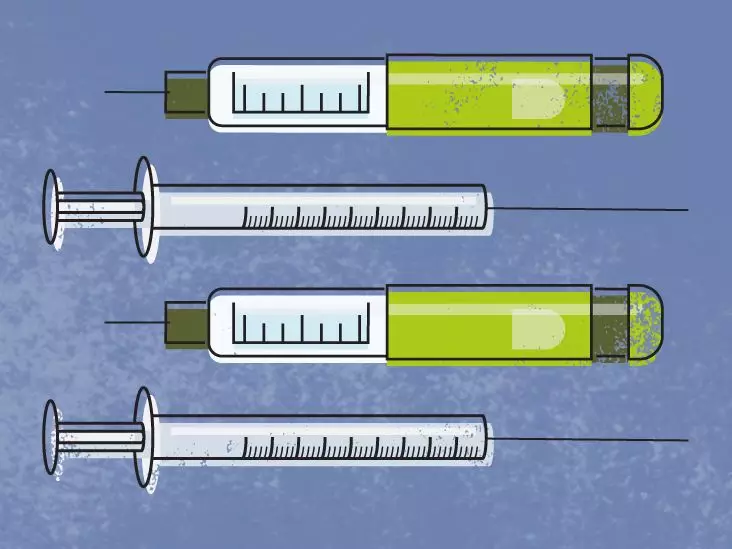Cancer therapies are at the forefront of medical innovation, and Opdivo Qvantig, a pioneering treatment, exemplifies this promise. Developed to combat several types of cancer, Opdivo Qvantig holds potential for many patients, yet its successful application hinges on a personalized approach to dosing. Understanding how dosage varies based on cancer type and treatment context is imperative for patients and caregivers seeking clarity in their cancer journey.
Understanding Opdivo Qvantig and Its Application
Opdivo Qvantig, a combination of nivolumab and hyaluronidase, offers an immunotherapy option that harnesses the body’s immune system to fight cancer. This pioneering agent has proven effective against various malignancies, including kidney cancer, melanoma, and types of non-small cell lung cancer (NSCLC), among others. However, the specifics of its application—most notably the dosage—demand detailed attention as it can significantly influence the outcomes of treatment.
The standard administration method is subcutaneous injection, delivering the medication directly under the skin’s surface. This approach is essential for ensuring that the body adequately absorbs the drug, thereby maximizing its therapeutic potential.
Dosing: A Personalized Approach
One of the unique aspects of Opdivo Qvantig is its flexible dosing schedule, tailored according to several factors, including the specific type of cancer and whether it is administered alone or alongside chemotherapy. Generally, the typical regimen provides an injection every two to four weeks. For instance, patients receiving treatment for kidney cancer will typically follow a regimen of 600 mg every two weeks or 1,200 mg every month.
When used in tandem with other treatments, particularly for more aggressive cancers or complex treatment plans, dosages may adjust to higher levels or different frequencies. For example, in cases of NSCLC intended for surgical intervention, patients may initially receive 900 mg every three weeks along with chemotherapy, establishing a robust front against the disease before proceeding with surgery.
The Cancer Types and Their Specific Needs
The ability of Opdivo Qvantig to treat a variety of cancers illustrates the importance of customizing medication based on individual patient needs and cancer pathology. For melanoma, another prevalent malignancy, the suggested dosing mirrors that of kidney cancer, allowing for consistency across treatment plans. However, it’s critical to remember that even amongst cancers with the same dosing parameters, individual factors—such as previous treatments or comorbidities—will necessitate further personalization in dosing.
In total, Opdivo Qvantig applies to numerous cancers, including bladder, liver, and certain gastrointestinal malignancies. The similarity in dosing recommendations, notably 600 mg every two weeks or 1,200 mg every four weeks, provides a framework, but the context of treatment can complicate the picture. This is especially relevant in cases where chemotherapy is concurrently involved, requiring a more strategic approach from healthcare providers.
Impacts of Timing and Dosage on Treatment Efficacy
Another layer of complexity involves understanding the timeframe in which Opdivo Qvantig begins to show results. Although it can start affecting tumor behavior soon after the first dose, the timeline for visible improvements can vary significantly from patient to patient. This variability necessitates close monitoring and regular communication between patients and their medical teams. Throughout the course of treatment, periodic scans and tests are essential to evaluate response and adjust the treatment plan accordingly.
Moreover, the length of treatment with Opdivo Qvantig is generally designed to span one to two years—if deemed effective and safe—inferring a long-term commitment on the part of the patient. While long-term usage can be a beacon of hope for many, it is equally important to remain vigilant regarding potential side effects that may disrupt the treatment regimen. Regular consultations with healthcare providers are pivotal for ensuring that the benefits of Opdivo Qvantig outweigh any adverse effects that may arise during therapy.
A Personal Journey with Opdivo Qvantig
For patients grappling with cancer, navigating the complexities of treatment can be an overwhelming experience. The specifics surrounding dosage can elicit even more anxiety. However, clarity in how Opdivo Qvantig operates and its tailored dosing regimen can empower patients to engage with their treatment actively.
Understanding that every prescription is personalized helps foster a sense of collaboration between patients and healthcare providers. When patients become informed health advocates, they can better navigate conversations around their treatment plans. As the medical community continues to improve cancer care, Opdivo Qvantig stands as a testament to innovation matched with patient-centric approaches, fueling hope in the fight against cancer.

